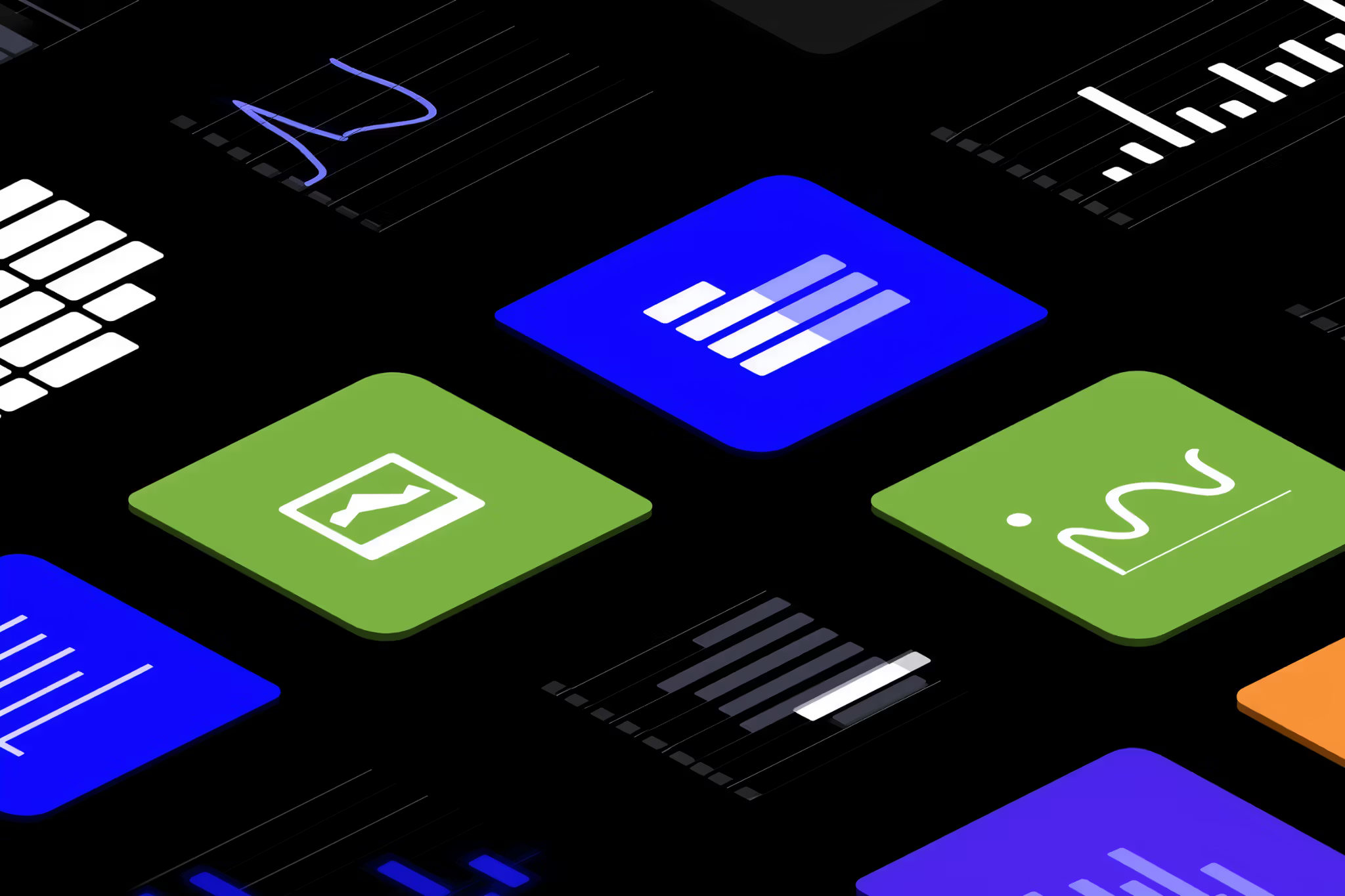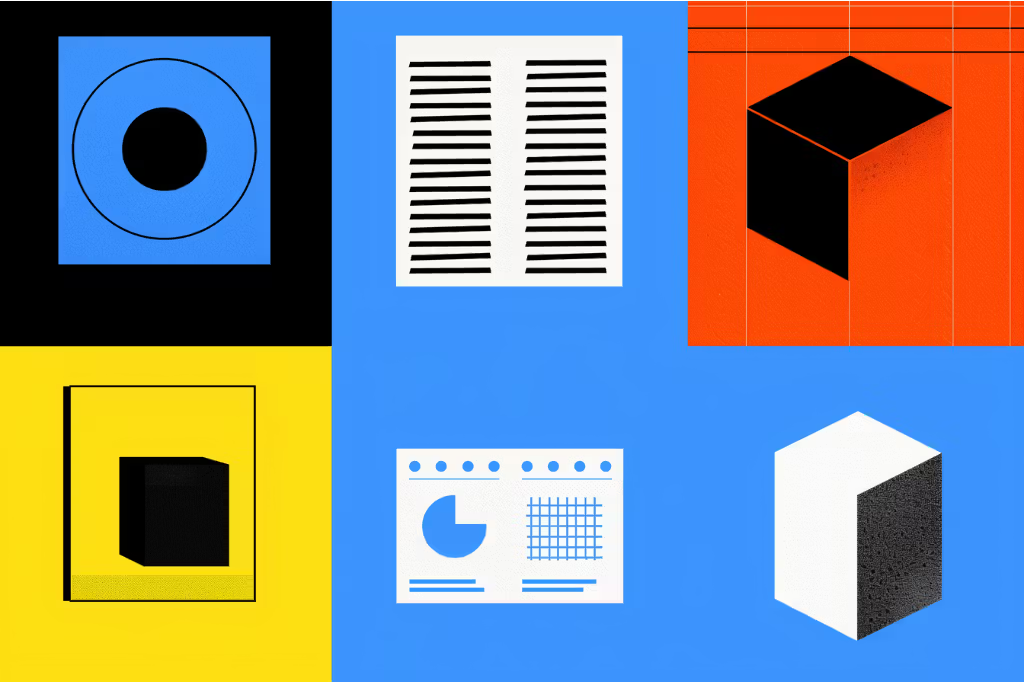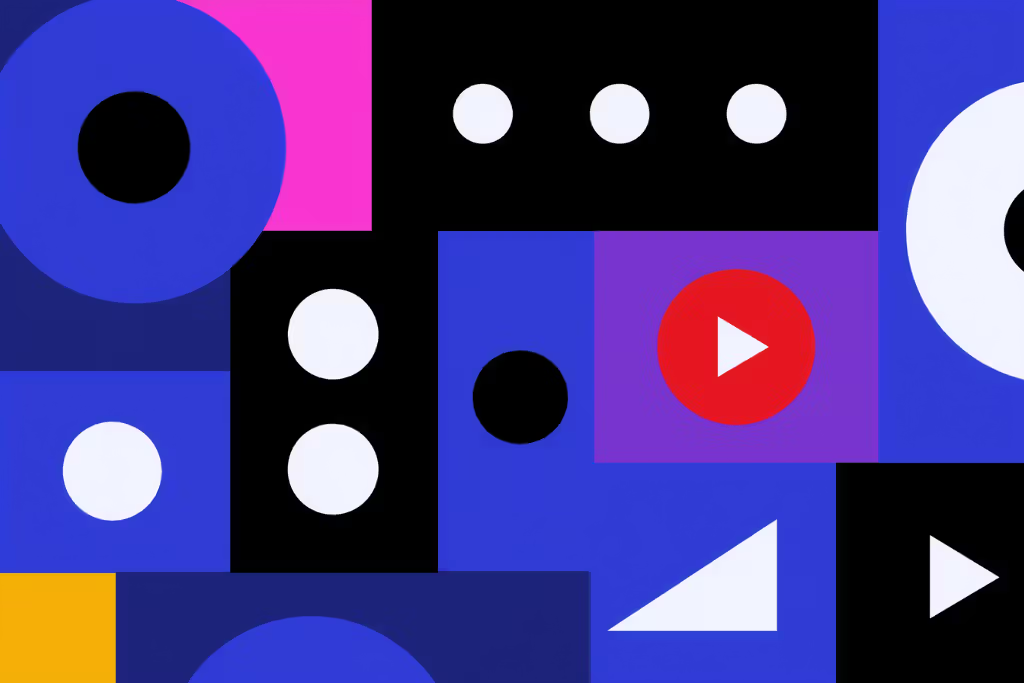How to Create Digital Products When You're Not an "Expert"

How to Create and Sell Digital Products (Even When You're Not an "Expert")
Let's be honest. The idea of learning how to create digital products can feel completely overwhelming. The internet is filled with gurus promising complex funnels and secret formulas, making it seem like you need a marketing degree and a team of developers just to get started.
This guide is different. We're going to break down the human side of creating and selling a digital product. It’s less about complicated tech and more about sharing what you already know, documenting your journey, and connecting with people who need your unique perspective. If you've ever felt like you're not "expert" enough to sell digital products, this is for you.
What’s the Biggest Myth Holding You Back from Creating a Digital Product?
The single biggest thing that stops passionate people from learning how to create digital products isn't the technology, the digital marketing plan, or even the pricing. It’s the quiet but persistent voice in your head.
That voice that whispers, “Who am I to teach this? Who am I to create and sell digital products?”
I get it; I’ve been there. I used to think I needed a fancy certificate or a decade of experience before I could even think about selling my knowledge. I thought I had to be a polished, untouchable 'expert'.
Turns out, that’s the 'Expert Trap', and it’s rubbish. Your journey, with all its messy middles and small wins, is your greatest asset. It doesn't disqualify you; it qualifies you. The person you can help the most is the one who's just a few steps behind you. They don't need a guru; they need a guide who still remembers what the road felt like.
This is the core of the Anti-Expert philosophy. This shift in mindset:
- Removes the pressure to be perfect.
- Builds genuine trust with your target audience.
- Transforms your learning process into valuable digital content.
How Do You Find a Profitable Digital Product Idea?
So, you’re on board with documenting your journey. But then the next massive question hits: what on earth do you actually create? The pressure to dream up a world-changing, revolutionary digital product idea is a trap.
Forget trying to build the next big thing. The most successful first digital products almost always solve a specific problem for a specific person. More often than not, it’s a problem you just figured out how to solve for yourself to create passive income. I call this your 'Right Now' Idea.
To find this product idea, look inward with these questions:
- What was I completely stuck on six months ago? That gap between then and now is where your digital product lives.
- What's the one question people keep asking me for help with? This is a huge clue.
- What process or system have I created that saves me time? Think of a simple Notion template, a checklist, or a spreadsheet. If it helps you, it can help someone else.
The goal isn't to find an idea with mass appeal. The goal is to find something that will deeply resonate with a person who is standing exactly where you were a short while ago. That specificity, that narrow niche, is a feature, not a bug.
What Are the Best Digital Products to Sell Online for Beginners?
When you're just starting, the best digital products are the ones that are simple to create and deliver immediate value. Don't try to build a massive, multi-module online course for your first attempt. Think smaller and more focused. The goal is to get a quick win and build momentum.
Some of the most effective types of products for beginners are "small solutions":
- An ebook compiling your best advice on a single topic.
- A comprehensive checklist or workbook.
- A well-designed template (e.g., social media graphics on Canva, email scripts, or project plans).
- A one-off video workshop or masterclass.
These digital downloads are powerful because, unlike physical products, they have no inventory costs and can be created with digital tools you already use. This type of digital product is easy for you to make and easy for your customer to use, making it a perfect starting point.
How Can You Create and Sell a Digital Product Without a Big Budget?
This part used to terrify me: "What if I build it and nobody buys it?" The fear of launching to crickets is real. But you don't need a massive budget to validate your digital product idea. My favorite low-risk method is preselling.
Preselling is when you get people to pay you for the product before you've even finished creating it.
Yes, people absolutely will pay for something that doesn't exist yet if it solves a real, painful problem for them. Here’s how:
- Create a simple landing page: Outline what the digital product is, who it's for, and the transformation it promises.
- Be transparent: Tell people exactly when they can expect to get it.
- Offer an 'early bird' discount: Reward your first believers for taking a chance on you.
The goal isn't to get a thousand 'yes' votes. It’s to find a handful of true fans who say, "Yes, I need this, and I'm ready to pay for it now." That's all the proof you need.
Where Is the Best Place to Sell Digital Products Online?
You have a validated idea. Now... where do you actually sell it? If you're feeling overwhelmed by the sheer number of platforms, I get it. It's a classic spot to get stuck in "analysis paralysis."
Let me be straight with you: the goal isn't to find the one, single, ‘perfect’ platform. It’s about finding the right website to sell for you, right now. The best choice for your first digital product is almost always the simplest.
Here’s a quick breakdown to help you choose:
I made the mistake of wasting weeks comparing every feature when a simple storefront would have gotten me launched faster. Don't be like me. Pick the simplest tool that gets the job done.
How Do You Launch and Promote Your Digital Product Authentically?
The whole concept of a big, flashy, high-stress 'launch week' is outdated and feels awful. When you’re documenting your journey, your launch isn't a massive production. It's just the next chapter in the story you're already sharing.
The best way to promote your digital products is to share the story behind them.
Bring your audience behind the curtain:
- Talk about your 'why': What personal struggle sparked this idea?
- Show the 'messy middle': Don't hide the early drafts or moments of doubt.
- Celebrate the small wins: Share your progress as you create.
This isn't an ad campaign; it's an invitation. Use social media like a conversation, not a billboard. Ask questions, share sneak peeks, and go live. The aim isn't to go viral. The goal is to make your first few customers feel seen and valued.
But Isn't My Niche Already Too Saturated?
I feel this one. You get a great product idea, look around, and it feels like everyone is already selling something similar.
Plot twist: saturation isn't a stop sign. It's a massive green flag.
It proves there’s a hungry, paying market for the digital content you want to create. The solution isn't to find some mythical, undiscovered niche. It’s to be unapologetically you. Your unique journey is the one thing no one can replicate. While others are busy projecting a flawless expert image, you can be the relatable guide. That's a powerful point of difference.
How Should I Price My First Digital Product?
Pricing can tie us in knots for weeks. Stop thinking about pricing based on the hours you spent. Instead, price your digital product based on the value and the transformation it delivers.
Ask yourself:
- How many hours of frustration will this save my customer?
- Will it help them fix a problem that's costing them money?
- Does it remove a huge source of stress from their life?
That outcome has real, tangible value. A simple template might be $27, while a mini-course that solves a nagging business problem could be $197. It's okay to start lower, gather testimonials, and raise your prices as your confidence grows. Just pick a price and get it out there.
Do I Really Need a Huge Following to Start Selling Digital Products?
Let me be crystal clear: this is one of the biggest myths holding creators back.
The reality is, the size of your audience is far less important than the depth of your connection with them. I would take 100 engaged people on my email list over 10,000 indifferent followers any day. You can absolutely have a successful launch with a small, dedicated community. Your job isn't to chase vanity metrics. It's to build genuine relationships.
What If I Want to Create a Course but Don't Know Where to Start?
The idea of creating a course can feel like a huge mountain to climb. The solution? Start with a "micro-course."
Instead of a 20-hour epic, think of a single, specific problem you can solve in 3-5 short video lessons.
- Broad Idea: "How to build an online business."
- Micro-Course Idea: "How to write your first week of emails."
This focused approach makes the process manageable for you and delivers a quick, satisfying win for your customer. You can even test the waters by offering a free trial to your first cohort. Every large online course started as a smaller idea.
Key Takeaways to Remember:
- You Don't Need to Be an "Expert": Your journey is your greatest asset. Share what you're learning as you go.
- Solve a "Right Now" Problem: Your best digital product idea often comes from a struggle you recently overcame.
- Start Simple: For your first digital product, choose a simple format like an ebook, checklist, or template.
- Validate Before You Build: Use preselling or conversations to ensure people will pay for your idea before you create it.
- Choose the Simplest Tool: Pick a platform that allows you to launch quickly. Momentum is more important than features.
- Launch Like a Human: Share the story behind your product. Vulnerability is your most powerful marketing tool.
- Saturation is a Good Sign: A crowded niche proves there's a market. Your unique voice is how you stand out.
- A Small Audience is Enough: A small, engaged email list or community is all you need for a successful launch.
You don’t need to know it all — just show up.
If you’ve been stuck waiting to feel “ready,” this is your sign. You don’t need a polished plan or a perfect offer. You just need to start documenting the journey.
Short heading goes here
Lorem ipsum dolor sit amet, consectetur adipiscing elit.











Lorem ipsum dolor sit amet, consectetur adipiscing elit. Suspendisse varius enim in eros elementum tristique. Duis cursus, mi quis viverra ornare, eros dolor interdum nulla, ut commodo diam libero vitae erat. Aenean faucibus nibh et justo cursus id rutrum lorem imperdiet. Nunc ut sem vitae risus tristique posuere.
Lorem ipsum dolor sit amet, consectetur adipiscing elit. Suspendisse varius enim in eros elementum tristique. Duis cursus, mi quis viverra ornare, eros dolor interdum nulla, ut commodo diam libero vitae erat. Aenean faucibus nibh et justo cursus id rutrum lorem imperdiet. Nunc ut sem vitae risus tristique posuere.